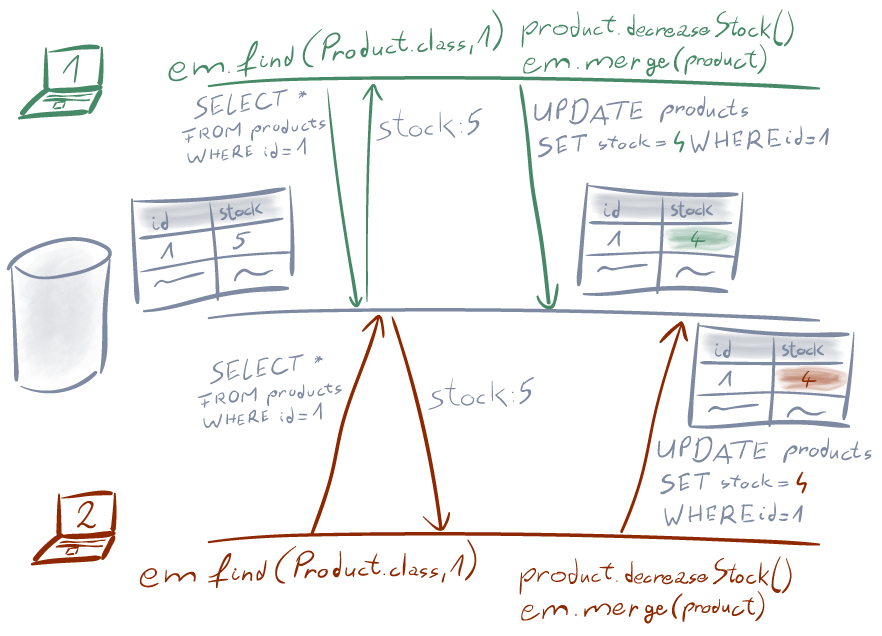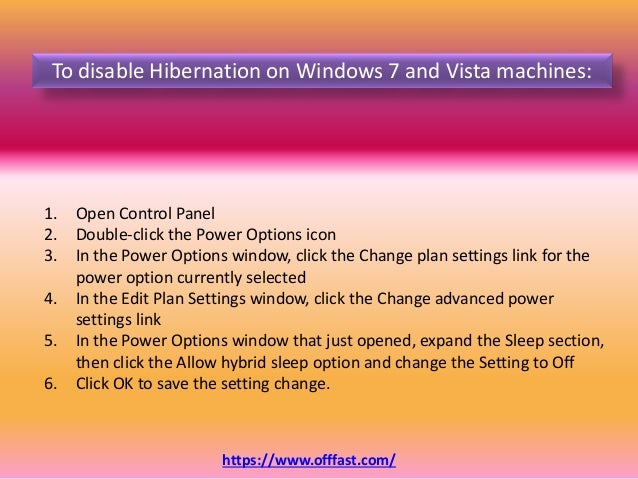
Obtaining a distribution of coherence-hibernate-cache-xx-2.0.0.jarįor the respective Hibernate version of your application. Installing the Coherence Hibernate second-level cache implementation amounts to Installing the Coherence Hibernate Second-Level Cache Ultimately, you should make a decision that is most applicable NOTE: Before you use the Coherence Hibernate Cache support, please also consider Run in a cluster of application servers accessing the same database. Using Coherence as a Hibernate second-level cache implementation may be a good fitįor Java applications that use Hibernate for data access and management, and that
#Hibernate versions manual
In the Hibernate Core Reference Manual at. On Hibernate second-level caching, see the relevant chapter Use the Coherence Hibernate second-level cache implementation. Should have a good understanding of Hibernate second-level caching to successfully Of Coherence caches in this scenario is completely controlled by Hibernate. JVMs running the same Hibernate application to share a second-level cache. Using Coherence as a Hibernate second-level cache implementation allows multiple

Therefore, we provide dedicated releases of the Hibernate Second-Level Cache implementationsįor Oracle Coherence depending on the Hibernate versions. The next couple of versions the SPI was further refined leading to breaking changes. September 11th 2008) the second-level cache SPI was significantly redesigned. Provider Interface (SPI) to be configured. Has incorporated second-level caching, by allowing an implementation of a Service Since version 2.1 (released December 11th 2003) Hibernate See the Compliance and Limitations section in the documentation for more information.This page describes how you can use Oracle CoherenceĪs a second-level cache in Hibernate ORM, an object-relational mapping libraryįor Java applications. Our goal is to provide a complete set of ORM annotations, including EJB3 standard annotations as well as Hibernate3 extensions for cases not covered by the specification. However, we expect that this work is already very close to the final concepts in the new specification. Please note that our current preview release of the Hibernate Annotations implements the Early Draft 2 Release of EJB 3.0/JSR-220 persistence annotations. Hibernate3 implements the EntityManager of JSR-220 (the persistence API). The new revision of the EJB specification (JSR-220) uses JDK 5.0 annotations as the primary metadata mechanism. IntelliJ IDEA, for example, supports auto-completion and syntax highlighting of JDK 5.0 annotations.

The same kind of annotation support is now available in the standard JDK, although more powerful and better supported by tools.
#Hibernate versions code
Another option is XDoclet, utilizing Javadoc source code annotations and a preprocessor at compile time.

In Hibernate 2.x, mapping metadata is most of the time declared in XML text files. Hibernate, like all other object/relational mapping tools, requires metadata that governs the transformation of data from one representation to the other (and vice versa). In Oracle Application Server EJB 3.0 Preview, Oracle has implemented most of the major features of EJB 3.0 Early Draft 2 specification. To date, the JCP has released several draft versions of EJB 3.0 specification against which Oracle has been implementing the Oracle Application Server EJB 3.0 Preview. EJB 3.0 is being worked under Java Specification Request 220 (JSR-220) in the Java Community Process (JCP) and Oracle has been a major contributor to the development of the specification. EJB 3.0 is expected to be part of the next major revision of the J2EE platform, J2EE 5.0. The goal of Enterprise JavaBeans (EJB) 3.0 is to simplify development of Java applications and standardize the persistence API for the Java platform. This follows shortly after the release by Oracle of the EJB 3.0 Preview of the Oracle Application Server: Oracle Application Server EJB 3.0 Preview.

Hibernate just released a preview of their EJB 3.0 implementation:


 0 kommentar(er)
0 kommentar(er)
